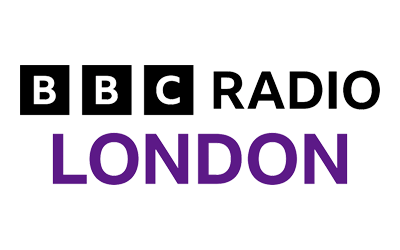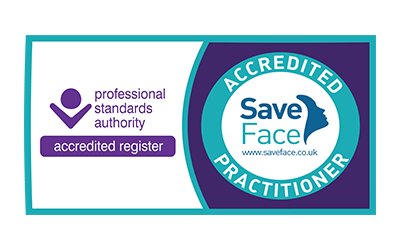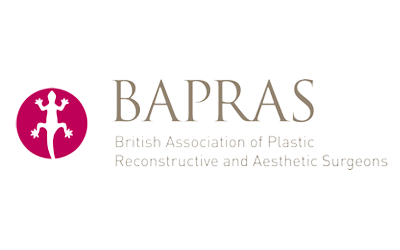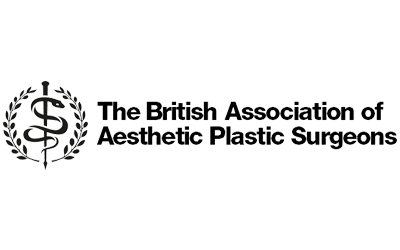A facelift is one of the most popular plastic surgery procedures for men and women keen to reverse the signs of ageing. Recovery after facial rejuvenation surgery is a common concern and it’s important to understand that there is no standard recovery experience.
Every patient is different, and their recovery is influenced by genetics, their age, their general health, tolerance to pain and discomfort and the extent of the surgery performed.
Quick Links
Our facelift surgery recovery timeline
Patients are typically very excited about the outcome of their facelift, so it’s not surprising that they can find the first few weeks and months challenging as their face heals. Here’s a general guide to what you can expect after facelift surgery.
The first 24 hours: a facelift is performed under a general anaesthetic and patients usually stay in hospital for one night to be monitored. Your face will feel very stiff and swollen and there will be bruising. You will be propped up in bed to help control swelling and your face and neck will be bandaged which can be removed the following day.
The first week: you are advised to rest during the first week to allow the body to heal. Swelling and bruising will peak in the first few days and then start to subside, but you should expect the face to feel very tight, so soft foods are recommended. Your skin may feel numb, and this can take several months to resolve. Any pain and discomfort are usually well controlled with over-the-counter painkillers.
It is common for patients to feel post-surgery blues after a facelift. This is normal; the adrenaline and excitement you felt in the run-up to surgery has disappeared and your face will look and feel strange.
The first month: after two or three weeks, most patients feel that they can return to normal activities and work. We advise that you do not resume strenuous physical activities for six weeks to allow the tissues to fully heal.
Swelling will continue to subside and you may feel a return of sensation – some patients can experience a tingling feeling.
Full recovery: small refinements will continue to develop over the course of six to nine months before you see the final results of your facelift. Mr Alex Karidis is skilled at positioning incisions where they won’t be noticeable once healed, but scars can take 12 to 18 months to fully fade and flatten.
Facelift recovery tips
Patients are eager to see the results of their facelift, but full recovery can take some time, so our top tip is to be patient. Here are some more suggestions on how you can speed up your facelift recovery time:
- Plan ahead: ensure the best facelift recovery by carefully planning beforehand. Ask a friend of family member to look after you in the first week so you can rest and stock up on healthy food and drinks that will provide you with all the nutrients your body needs as it heals.
- Protect your skin: wear a high factor SPF at all times and avoid excessive sun exposure – this is important even after your initial downtime as the sun rays accelerate facial ageing and can cause scars to discolour.
- Listen to your surgeon: we will provide you with comprehensive aftercare instructions, but we have also recently relaunched the Karidis Clinic App, which supports you throughout your patient journey. The app provides invaluable advice on how to optimise your facelift recovery process as well as sending you alerts for all your post-op check-ups.
At Karidis Clinic, all facelift procedures (including SMAS facelifts and deep plane facelifts) are carried out by one of the best known facial rejuvenation surgeons in London, Mr Alex Karidis.
For UK-leading aftercare, get in touch today.
















